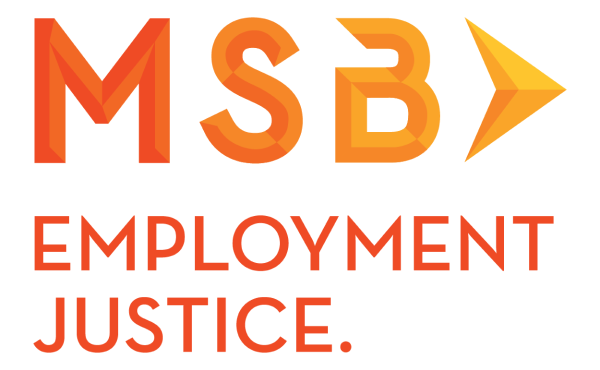Even though Minnesota was the first state in the United States to ban workplace discrimination on the basis of gender identity, too many lesbian, gay, bi-sexual, transgender and non-binary (LGBTQ+) employees continue to face unlawful discrimination.
Currently, there is no federal law prohibiting discrimination on the basis of gender identity, yet Minnesota state law does as result of its broad definition of sexual orientation discrimination under the Minnesota Human Rights Act (MHRA). Several Minnesota cities also have ordinances prohibiting sexual orientation and transgender discrimination.
Understanding the Different Types of Discrimination
Unfortunately, sexual orientation and gender identity discrimination have been occurring in America’s workforce for decades. While there are many federal, state, and local laws in place as well as an increased social awareness, many continue to encounter unfair obstacles at work because of their sexual orientation.
Sexual orientation and gender identity discrimination occur when you have been treated differently because of your sexual orientation whether gay, lesbian, bi-sexual, or transgender. Treatment can be a one-off action or result from a rule or policy based on sexual orientation. It’s important to remember that even if the treatment isn’t intentional it doesn’t mean it is unlawful.
The experienced attorneys at MSB Employment Justice have compiled a brief overview of micro and macro aggressions that are associated with LGBTQ+ discrimination, and a few examples of ways of conduct that signify sexual orientation and gender identify discrimination. Continue reading to learn more.
Micro and Macro Aggressions
There are many types of micro and macro aggressions, and it’s important to become familiar with the difference between the two. Whether thinly veiled insults or an errant comment or gesture, micro and macro aggressions occur an alarming amount. Learning the difference between these terms will provide a basis to hold your employer accountable for discrimination based on your preferred gender identity. Read on to learn more:
- Microaggression: Indirect, subtle, or unintentional discrimination against individuals of a marginalized group.
- Macroaggression: An act of racism toward everyone of a race, gender, or group.
Examples of Conduct
Gender identity discrimination can appear in many forms, and our legal team has provided a few examples to help you identify whether you have experienced LGBTQ+ discrimination at your place of employment. If any of the examples of conduct below seem familiar in the slightest, we encourage you to meet with one of our attorneys immediately.
- Use of jokes, slurs, or derogatory or inflammatory comments about your gender identity or your significant other or spouse
- Refusing to allow you, if you are transgender, to use the bathroom associated with the gender you identify with
- Terminating you when you inform your employer of the intent to transition to another gender
- Bypassing you for a promotion on the basis of your gender identity
- Terminating you for cross-dressing outside of the workplace
If you experience outright discrimination or harassment in the workplace on the basis of your sexual orientation or gender identity or your employment is adversely affected because of your gender identity, you have a right to take action.
What to Do if You’ve Experienced LGBTQ+ Discrimination
Any instance of LGBTQ+ discrimination should be documented – even if you’re uncertain of the scenario. Compiling proper documentation will help start the conversation with your sexual orientation discrimination attorney, and ensure you get the legal assistance required to hold your employer accountable for their actions. Below is a brief overview of the steps you should take after experiencing LGBTQ+ discrimination:
- Store a document off of your work network that logs the day, time, witnesses, and specific comments or behavior you have experienced.
- Any written materials like emails, texts, chat messages or documents containing offending material should be saved or screenshot.
- Seek legal advice for next steps based on your unique situation.
If you have experienced LGBTQ+ discrimination in your workplace, you may have a right to take action against your employer – especially if you were terminated as a result of your gender identity or sexual orientation. Hiring an attorney, or even seeking the initial consultation of an employee rights lawyer can help you better understand your rights, what actions to take, and how to move forward to hold your employer accountable.
Get the Representation You Deserve
At MSB Employment Justice, we celebrate the fact that Minnesota law has protections for LGBTQ+ employees, and we recognize that much more needs to be done to protect LGBTQ+ workers from unlawful workplace discrimination. If you experienced workplace gender identity discrimination or sexual orientation discrimination, contact us today. You can also visit us at the Twin Cities Pride Festival.
Additional local resources and networks:
Other local resources and networks fighting for LGBTQ employee justice include OutFront, Lavender Law, and Lambda Legal Defense & Education Fund. Many organizations also offer employers counseling and training opportunities.



